Thinking about future breakthroughs in distributed solutions in image processing
- author:
- 2024-06-06 09:32:54
In the field of image processing, distributed solutions have made significant progress in many aspects, but there are still some challenges to be overcome in the future. Here are some possible breakthrough directions:
In terms of improving algorithm efficiency: Distributed image processing requires efficient algorithms to process a large amount of image data. Future research can focus on developing more efficient algorithms to reduce computing and communication costs.
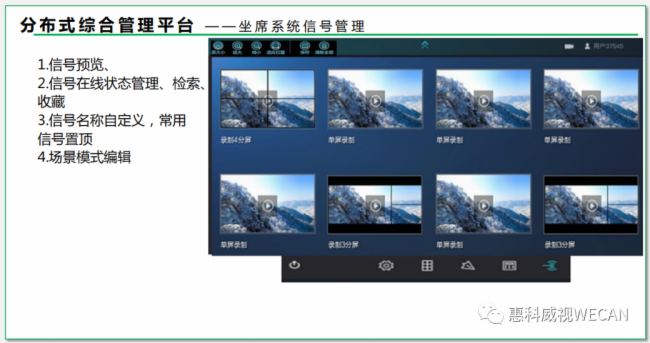
Optimize resource allocation: In distributed systems, the allocation of resources (such as computing, storage, and networking) is critical to performance. Future research could explore smarter resource allocation strategies to achieve higher performance and scalability.
Heterogeneous computing: Since nodes in a distributed system may have different computing capabilities, it is necessary to study how to effectively utilize these heterogeneous resources for image processing.
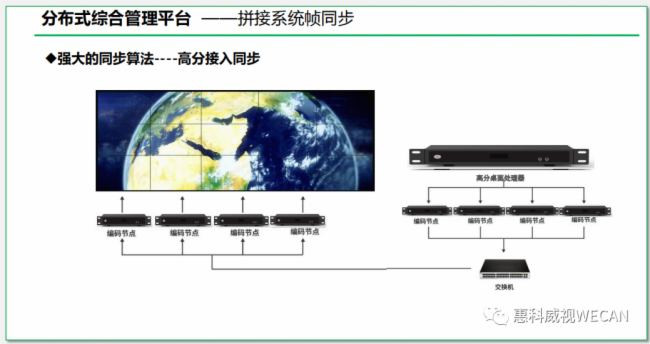
Fault-tolerant mechanisms: In distributed systems, node failures are common. Future research can explore more effective fault tolerance mechanisms to ensure system reliability and stability.
Data privacy and security: Image data often contains sensitive information, so research needs to be done on how to protect the privacy and security of this data, especially in distributed environments.
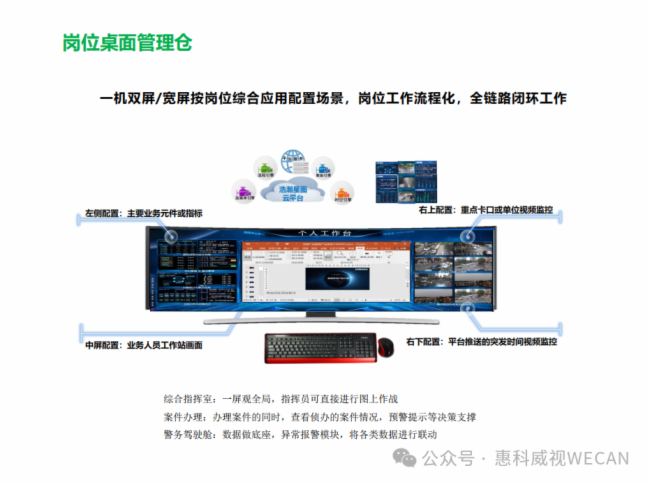
Cross-domain collaboration: Collaboration between different organizations or institutions may be required to process image data. Future research can explore how to achieve secure and efficient cross-domain collaboration.
Integration of machine learning and deep learning: Distributed image processing systems can benefit from machine learning and deep learning technologies. Future research could explore how to better integrate these technologies to improve the performance and accuracy of image processing.
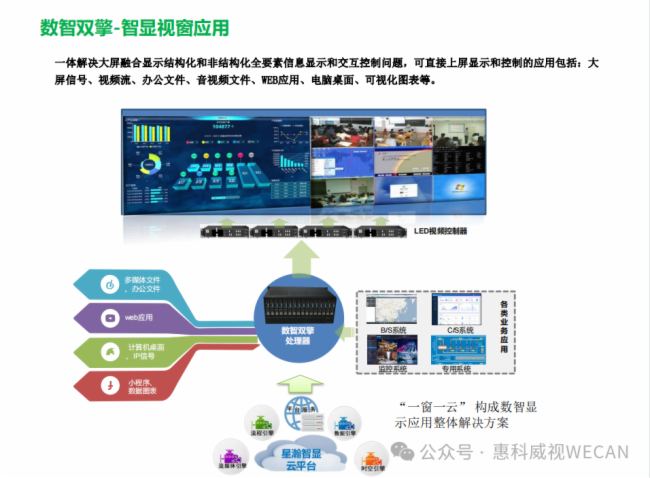
Real-time image processing: In some application scenarios, image data needs to be processed in real time. Future research can explore how to achieve low-latency, high-throughput distributed image processing solutions.
Multimodal data processing: In addition to image data, other types of data (such as text, audio) may also need to be processed together with image data. Future research could explore how to effectively process multimodal data.
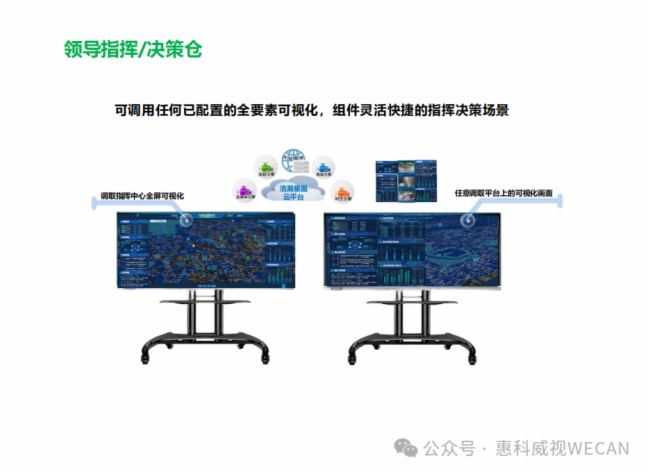
Interpretability and transparency: As artificial intelligence and machine learning are increasingly widely used in image processing, how to improve the interpretability and transparency of these technologies has become an important research direction.
In short, there are still many directions worth studying in the field of distributed image processing in the future, and these research will provide stronger support for the development and application of image processing technology.
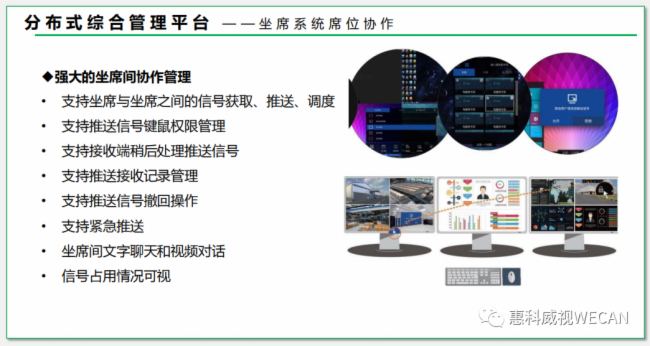
The following are some cases that demonstrate breakthrough applications of distributed image processing technology:
Medical image analysis: In the medical field, distributed image processing technology can be used to analyze large amounts of medical image data, such as X-rays, CT scans and MRI images. By distributing data on multiple nodes for processing, disease characteristics can be quickly identified and doctors can be assisted in diagnosis.

Satellite image processing: Satellite images usually contain a large amount of data that need to be processed to extract useful information, such as terrain, vegetation, climate, etc. Distributed image processing technology can quickly process these big data and provide support for fields such as weather forecasting and environmental protection.
Intelligent monitoring systems: In intelligent monitoring systems, a large amount of video image data needs to be processed to identify abnormal behaviors or events. Distributed image processing technology can improve processing speed and achieve real-time monitoring.
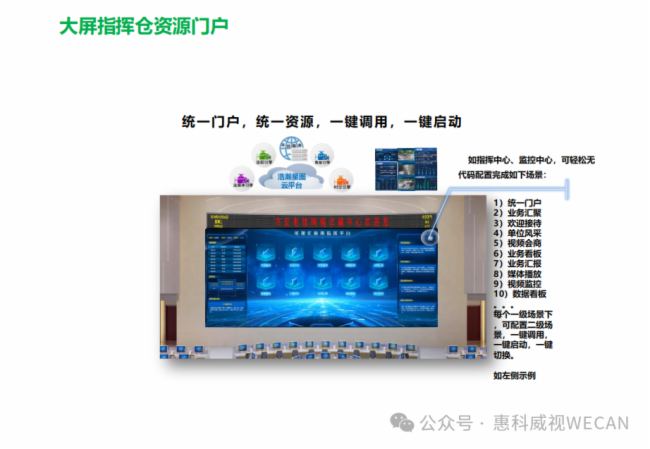
Self-driving cars: Self-driving cars need to process large amounts of image data to identify roads, traffic signs, pedestrians and other obstacles. Distributed image processing technology can improve processing speed and accuracy, and improve the safety and reliability of autonomous vehicles.
Social media analytics: In social media analytics, a large amount of image data needs to be processed to identify user behaviors and preferences. Distributed image processing technology can increase processing speed and provide support for marketing and advertising.

Intelligent manufacturing: In intelligent manufacturing, distributed image processing technology can be used for quality inspection and defect identification. By processing a large amount of image data, product quality problems can be quickly identified and production efficiency can be improved.
Augmented reality and virtual reality: In augmented reality and virtual reality applications, large amounts of image data need to be processed to create realistic virtual environments. Distributed image processing technology can increase processing speed and provide users with a better experience.
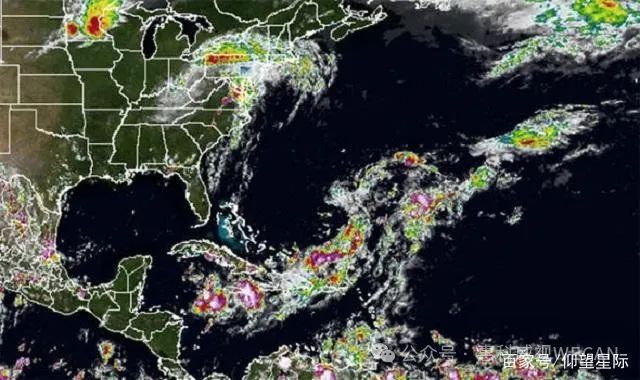
- These cases fully demonstrate the application effectiveness of distributed image processing technology after breakthroughs, and can significantly improve processing speed, accuracy and reliability, thus providing solid and powerful support for progress in various fields.
- These examples clearly show the application status of distributed image processing technology after breakthroughs have been achieved. They have greatly improved processing speed, accuracy and reliability, and effectively provided strong support for the development of various fields.
- These cases vividly demonstrate the application scenarios after the breakthrough of distributed image processing technology, effectively improve processing speed, accuracy and reliability, and provide important support for the vigorous development of various fields.
- These cases accurately demonstrate the application situation of distributed image processing technology after breakthroughs, effectively improving processing speed, accuracy and reliability, and playing a positive role in promoting the development of various fields.
- These cases strongly confirm the application of distributed image processing technology after breakthroughs, have an obvious effect on improving processing speed, accuracy and reliability, and have contributed key support to the development of various fields.
TAG:
Guess you want to see it
Popular information
-
Analysis of cutting-edge development and professional application of seamless splicing, point-to-poi

-
What is dynamic subpixel rendering technology
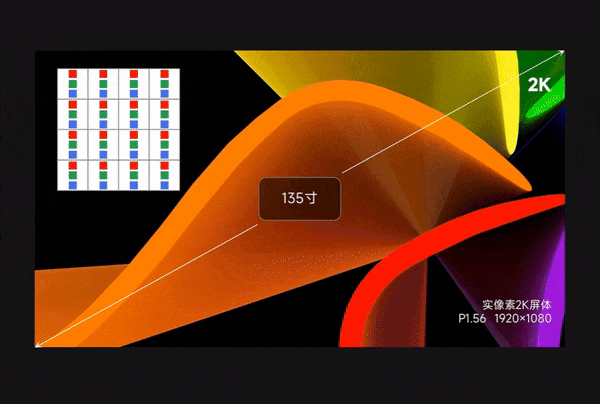
-
On-site environment and frequently asked questions about using distributed image processing systems
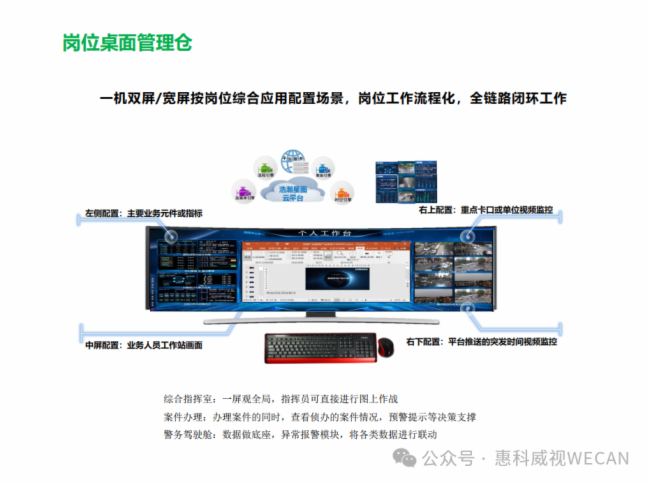
-
Thinking about future breakthroughs in distributed solutions in image processing

-
Promote visual dispatch and command with distributed image center
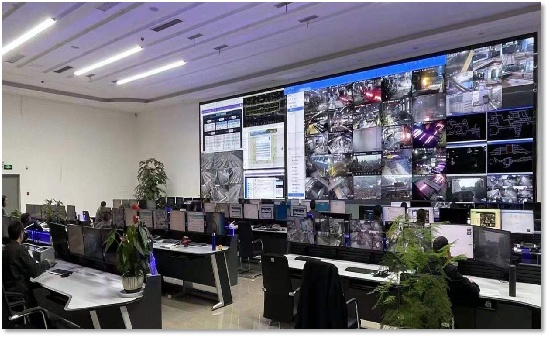
the charts
- Analysis of cutting-edge development and professional application of seamless splicing, point-to-poi
- On-site environment and frequently asked questions about using distributed image processing systems
- Thinking about future breakthroughs in distributed solutions in image processing
- What is dynamic subpixel rendering technology
- Promote visual dispatch and command with distributed image center